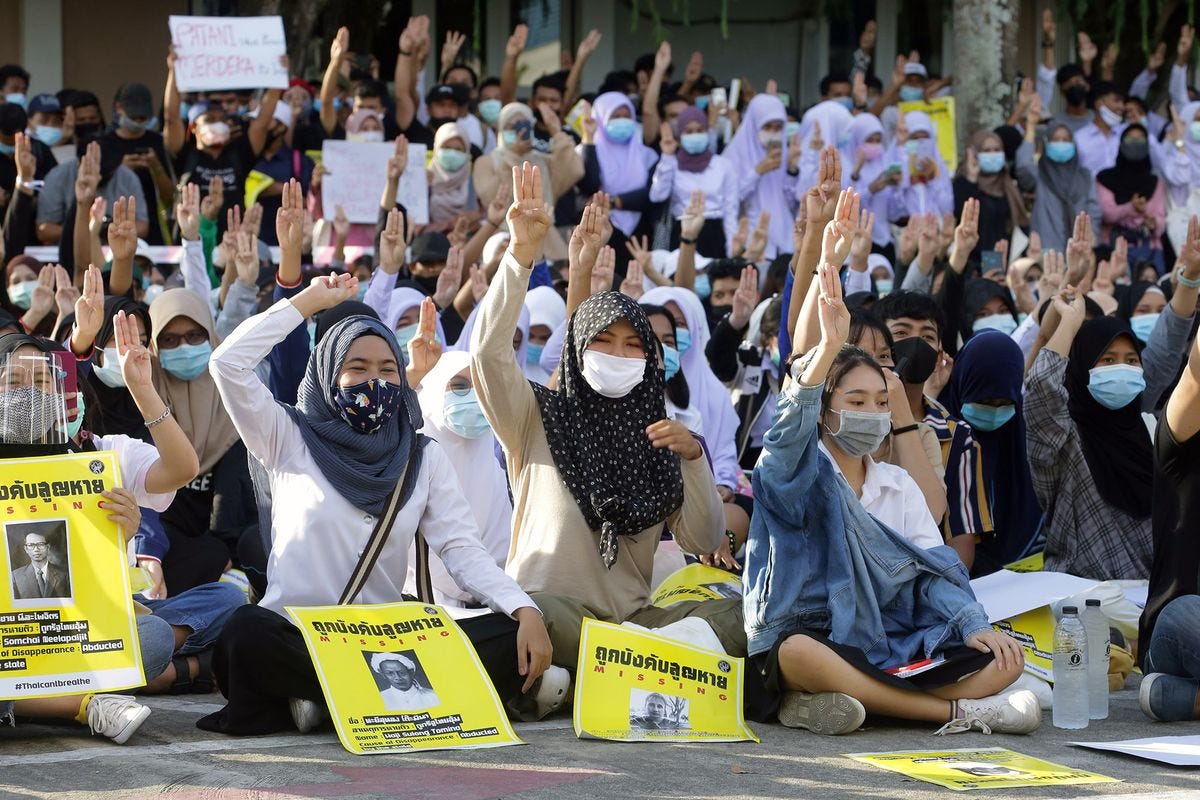Thai Students Set Tone for Democratic Reform
Altering the political equation

By: Pithaya Pookaman
Student demonstrations and street protests rarely bring down governments but they can put in motion public scrutiny and could trigger an avalanche of opposition to regimes to a point that they could alter the political landscape and power equation.
At no time in history have Thailand’s students displayed such astute political awarenes…
Keep reading with a 7-day free trial
Subscribe to Asia Sentinel to keep reading this post and get 7 days of free access to the full post archives.
